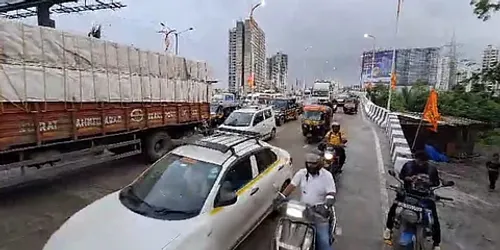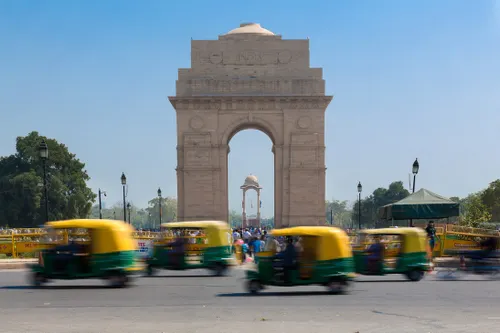
The Kochi metro’s reliance on solar power for about 50% of its energy needs has significantly reduced power supply costs.
| Photo Credit: file photo
Faced with mounting operation and maintenance (O&M) expenses due to the expiry of the defect liability period (DLP) and warranty for trains, structures, and other assets, Kochi Metro Rail Limited (KMRL) has adopted a multi-pronged strategy, including the outsourcing of non-core category works, to rein in the expenses.
“Aimed at achieving operational break-even, core and non-core operations were treated as separate from the onset of the metro’s operations in 2017. Thus, we began outsourcing non-core category works to agencies, which, in turn, selected ITI and diploma holders. They were then imparted the necessary training by KMRL,” said Manikandan Aniyath, the metro agency’s chief general manager (O&M).
They were mostly freshers, including those from the Government Polytechnic, Kalamassery. The advantage was that, hailing mostly from within Kerala, their attrition rate would be low. On the other hand, skilled personnel of KMRL were deployed to execute core O&M works, such as signalling, power supply, and traction, among other partially outsourced maintenance activities. One of the major impacts of the strategy was limiting the deployment of KMRL personnel to just 0.8 per coach, compared to the average deployment of 1.2 personnel per coach in other metros. The difference of 0.4 was managed by outsourcing non-core category works, which helped reduce manpower expenses. These measures considerably helped the metro attain operational break-even and become one of the metro systems with the lowest maintenance expenses, he added.
All the while, the metro agency took measures to ensure that the agencies to which the works were outsourced extended provident fund, medical insurance, and other benefits to personnel engaged in the metro’s O&M works, it is learnt.
Mr. Manikandan mentioned that KMRL had developed its own digital system to track maintenance tasks, reducing paper-based work to just about 5%. He said that the metro’s reliance on solar power for about 50% of its energy needs had significantly reduced power supply costs, which typically account for up to 20% of a metro’s operational expenses.
Alternative revenue
Metro sources spoke of how efforts were under way to increase digitisation in order to attract more young commuters and, thus, boost ticketing income. This is in addition to work being carried out to increase income from non-ticketing sources such as advertisements and real estate.
Published – April 28, 2025 12:31 am IST
Anurag Dhole is a seasoned journalist and content writer with a passion for delivering timely, accurate, and engaging stories. With over 8 years of experience in digital media, she covers a wide range of topics—from breaking news and politics to business insights and cultural trends. Jane's writing style blends clarity with depth, aiming to inform and inspire readers in a fast-paced media landscape. When she’s not chasing stories, she’s likely reading investigative features or exploring local cafés for her next writing spot.





